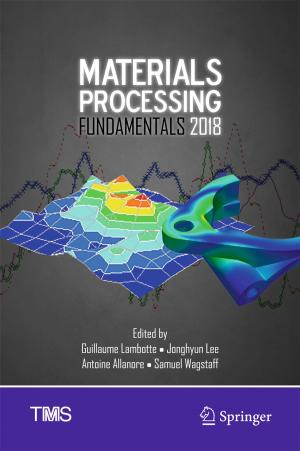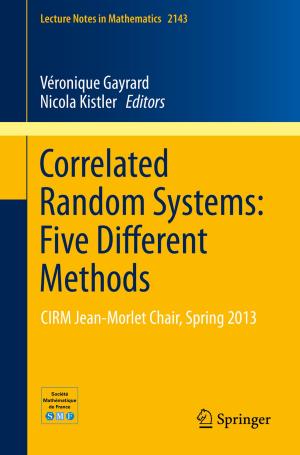The Structure of Ionic Liquids
Nonfiction, Science & Nature, Technology, Material Science, Science, Physics, Mechanics| Author: | ISBN: | 9783319016986 | |
| Publisher: | Springer International Publishing | Publication: | November 9, 2013 |
| Imprint: | Springer | Language: | English |
| Author: | |
| ISBN: | 9783319016986 |
| Publisher: | Springer International Publishing |
| Publication: | November 9, 2013 |
| Imprint: | Springer |
| Language: | English |
This volume describes the most recent findings on the structure of ILs interpreted through cutting-edge experimental and theoretical methods. Research in the field of ionic liquids (ILs) keeps a fast and steady pace. Since these new-generation molten salts first appeared in the chemistry and physics landscape, a large number of new compounds has been synthesized. Most of them display unexpected behaviour and possess stunning properties. The coverage in this book ranges from the mesoscopic structure of ILs to their interaction with proteins. The reader will learn how diffraction techniques (small and large angle X-Ray and neutron scattering, powder methods), X-Ray absorption spectroscopies (EXAFS/XANES), optical methods (IR, RAMAN), NMR and calorimetric methods can help the study of ILs, both as neat liquids and in mixtures with other compounds. It will enable the reader to choose the best method to suit their experimental needs. A detailed survey of theoretical methods, both quantum-chemical and classical, and of their predictive power will accompany the exposition of experimental ones. This book is a must read for postgraduate students, for post-docs, and for researchers who are interested in understanding the structural properties of ILs.
This volume describes the most recent findings on the structure of ILs interpreted through cutting-edge experimental and theoretical methods. Research in the field of ionic liquids (ILs) keeps a fast and steady pace. Since these new-generation molten salts first appeared in the chemistry and physics landscape, a large number of new compounds has been synthesized. Most of them display unexpected behaviour and possess stunning properties. The coverage in this book ranges from the mesoscopic structure of ILs to their interaction with proteins. The reader will learn how diffraction techniques (small and large angle X-Ray and neutron scattering, powder methods), X-Ray absorption spectroscopies (EXAFS/XANES), optical methods (IR, RAMAN), NMR and calorimetric methods can help the study of ILs, both as neat liquids and in mixtures with other compounds. It will enable the reader to choose the best method to suit their experimental needs. A detailed survey of theoretical methods, both quantum-chemical and classical, and of their predictive power will accompany the exposition of experimental ones. This book is a must read for postgraduate students, for post-docs, and for researchers who are interested in understanding the structural properties of ILs.















